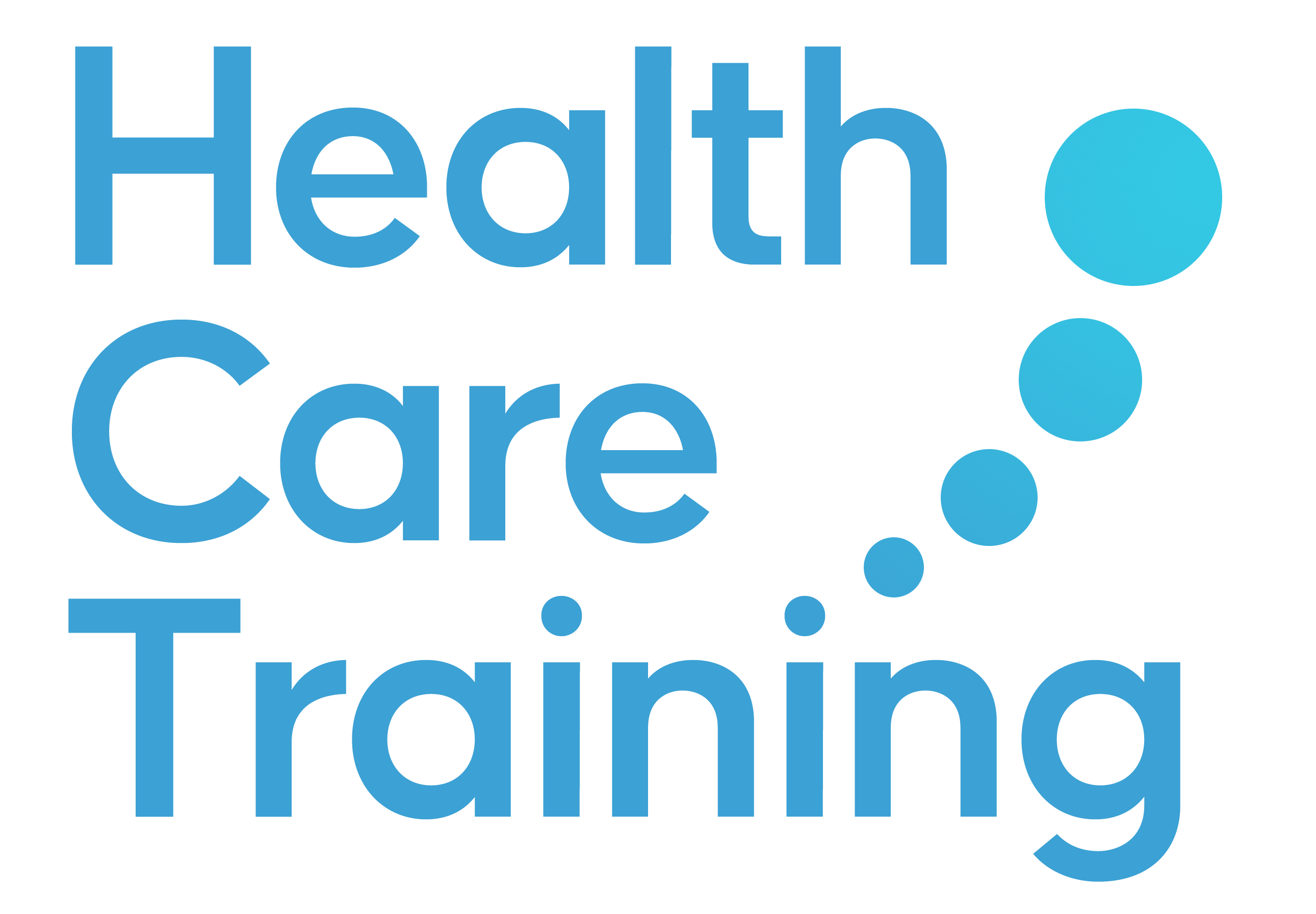Preventing radicalisation is a crucial part of safeguarding vulnerable individuals from being drawn into extremist ideologies and activities. Healthcare professionals play a key role in identifying and supporting those at risk. This training material provides an overview of radicalisation, the signs to watch for, and the steps health professionals can take to prevent it.
Understanding Radicalisation
- Definition:
- Radicalisation is the process by which individuals come to support terrorism or extremist ideologies. It can affect people of any age, gender, ethnicity, or background.
- Pathways to Radicalisation:
- Radicalisation can occur through various pathways, including online propaganda, social networks, religious or political groups, and personal grievances.
- Impact:
- Radicalisation can lead to violence, terrorism, and social division, affecting the safety and well-being of individuals and communities.
Recognising the Signs of Radicalisation
- Behavioral Changes:
- Withdrawal from family and friends
- Sudden disrespectful attitude towards others
- Increased secrecy, particularly about online activities
- Changes in appearance, dress, and behavior
- Unusual travel or absences
- Ideological Indicators:
- Expressing extremist views or sympathies
- Justifying violence as a means to an end
- Joining or attempting to join extremist groups
- Displaying symbols or paraphernalia associated with extremist ideologies
- Social Indicators:
- Associating with known extremists
- Isolation from previously established social networks
- Increased time spent online or on social media platforms known for extremist content
Steps to Take if You Suspect Radicalisation
- Observing and Recording:
- Keep detailed, factual records of concerning behavior and statements.
- Avoid making judgments or assumptions based on race, religion, or cultural background.
- Raising Concerns:
- Follow your organization’s procedures for reporting concerns.
- Contact your designated safeguarding lead or Prevent coordinator.
- Confidentiality and Consent:
- Share information on a need-to-know basis, ensuring confidentiality where possible.
- Obtain consent from the individual where appropriate, but remember that safeguarding takes precedence if there is a risk of harm.
- Immediate Action:
- If there is an imminent risk of harm, contact the police or relevant authorities immediately.
- Ensure your own safety and the safety of others in the environment.
Legal and Ethical Responsibilities
- Prevent Duty:
- Under the Counter-Terrorism and Security Act 2015, healthcare professionals have a duty to prevent individuals from being drawn into terrorism.
- This includes training staff, understanding the risks, and working with local partners to identify and support at-risk individuals.
- Ethical Considerations:
- Balance the need to protect individuals and the community with respect for privacy and human rights.
- Avoid stigmatizing or discriminating against individuals based on their beliefs or background.
Supporting Individuals at Risk
- Engagement and Support:
- Build trust and rapport with individuals at risk.
- Provide or refer to appropriate support services, such as counseling or mental health support.
- Multi-Agency Collaboration:
- Work with other agencies, such as social services, education, and law enforcement, to share information and develop comprehensive support plans.
- Community Involvement:
- Engage with community leaders and organizations to raise awareness and build resilience against radicalisation.
- Support community initiatives that promote social cohesion and counteract extremist narratives.
